be quiet! Silent Wing Pro 4 120 Review
Introduction
be quiet!'s former Silent Wing 3 was at the top of the Case-Fan charts for a very long time. But after many years and other Fans taking their ranks, it's finally time for the next Chapter. The Silent Wing 4's come in quite a few shapes and forms. In this review, we will concentrate on the very best! The new Silent Wing 4 Pro can at up to 3000RPM with a new Wing Design and heavily optimized fan frame. Let's see how these new best-in-class turned out!
Positive
- Best-in-Class PWM Header
- Excellent Performance
- Excellent Noise-to-Performance
- Different Frame Edge Options
- Different Mounting Options
Neutral
- All-Black/Matt-Black Design
Negative
- Max-Performance could be tick-better for 3000RPM
What's in the box?

The box of the new Silent Wing Pro 4's looks suspiciously identical to the previous generation. A bit of imagery paired with a spec sheet and some feature explanations. The only notable difference is the portraited fan and the name.

Once the box is opened we will find the fan itself and an additional accessories box. Inside that one, we will the additional corner pieces which will be covered later on as well as the usual and not-to-usual mounting hardware.
| Name | be quiet! Silent Wing Pro 4 (120mm) |
| Size | 120x120x25mm |
| Speed |
Up to 3000 in UHS Up to 2500 in HS Up to 1600 in MS |
| Airflow | 83.9CFM |
| Static Pressure | 5.31mm/H2O |
| Noise | 36.9dBa |
| Connection | PWM |
| Bearing | Fluid Dynamic Bearing |
| RGB | No |
Installation

Installation was always a very special topic among be quiet!'s Silent Wing Lineup. Not only will you be able to install them using the usual fan-screw approach, but be quiet! also adds additional methods by including different fan frame-edges.

The frame edge that comes pre-installed on the fan was primarily designed to be used on top of radiators. Contrary to every other edge piece, these fully-covering pieces are preventing any air to escape outside the fan frame. This was particularly damaging for the previous generation's radiator use cases.
Although these edge pieces are meant to be used with radiator screws, we can also use them as case fans as the self-threading case screws will work just fine with those.

The second edge piece which was already present in previous generations is the push-pin edges using the ... push pins. Just position them somewhere inside your case, push the pin through the wholes, and your fan is set.

The last and most standard installation method is the regular fan screw edge pieces. Those are meant to be used with... you guessed it, fan screws.

The removal and installation method of these edge pieces has made some tremendous improvements too. Instead of the tiny gap that you were supposed to push in a flat-head screwdriver, we now have bigger-finger-sized clips which can easily be pressed in, allowing the edge pieces to be pulled out. A highly appreciated change.
New PWM Header

One of the most overlooked, yet very important quality points of a fan is the PWM cable itself. Instead of the very short and kinda fiddly PWM connection that we all know, be quiet! created its own.
While the cable is 500mm long, it is sleeved in a fabric material providing it with additional rigidness, and also a high-quality feeling. But the connector itself got the biggest upgrade. Being significantly longer, the new be quiet! PWM connector makes it incredibly easy to push or pull it while losing all of the PWM connector's inherited fiddliness. We sincerely hope that this becomes the industry standard.
Speed Switch

Similarly to Phanteks with their T30 and Cooler Master with their SF-120 Series, the new be quiet! Silent Wings Pro 4's have an additional speed switch.
This speed switch allows the fan to throttle its maximum RPM to 2500RPM (High-Speed HS) or 1600RPM (Mid-Speed MS). The "main" UHD or Ultra-High-Speed Mode will unleash its full potential at 3000RPM.
Although we understand the idea behind this approach, we are not big fans of speed switches at all as the same result can be achieved by simply setting a PWM curve. Something that should be done anyway.

However, we are fans of how the speed switch is designed. Instead of being fully hidden and unreachable in most instances, be quiet! made sure to design it as big as possible and slap it right on the back of the fan, so that it can be easily reached and used using only a finger. Something that is almost never the case with previous approaches.
Appearance
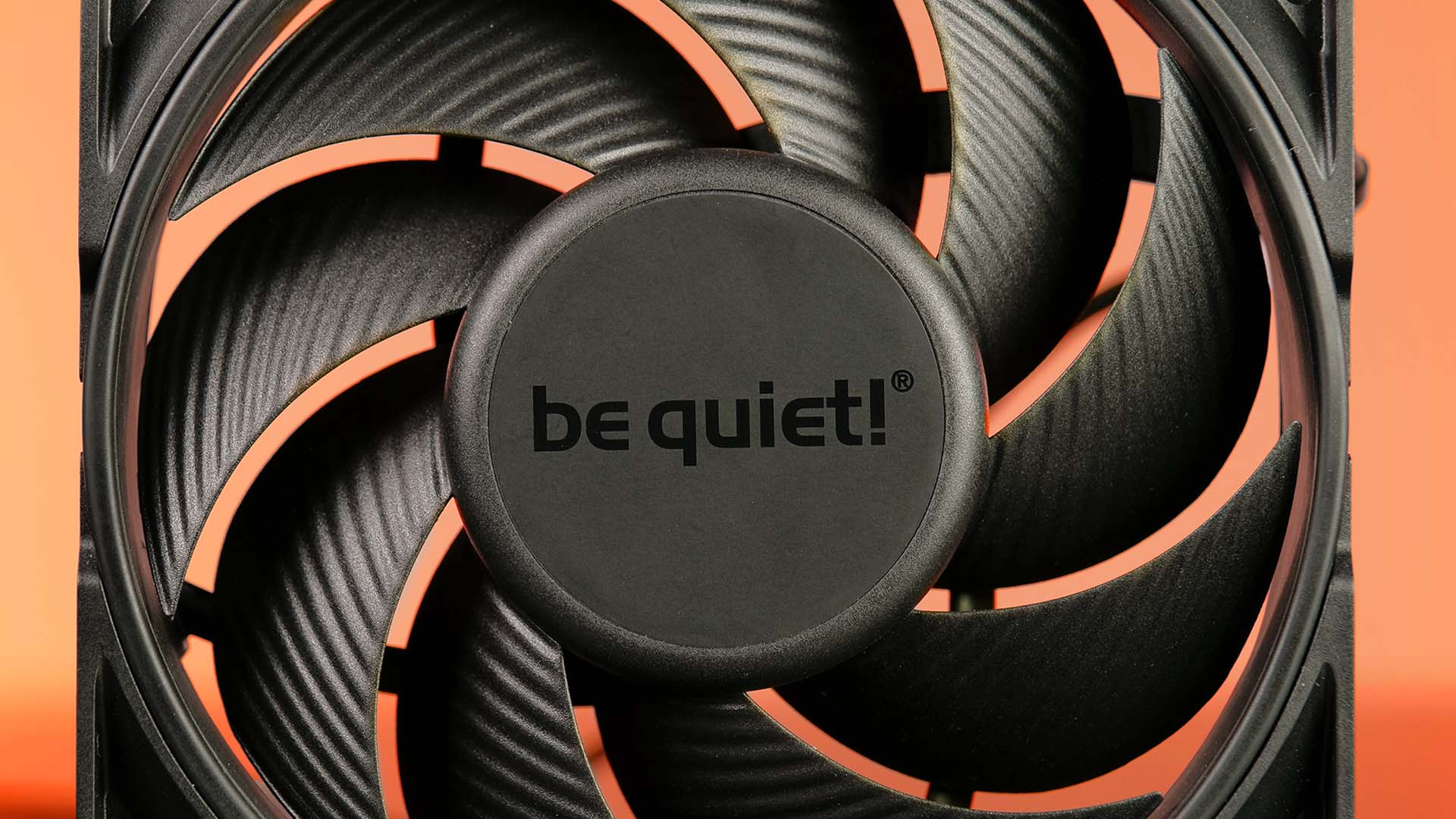
Another big change for the new Silent Wing iteration is the design. The wing design is the most obvious change. Instead of the decade-old be quiet! thick fan wings design which was particularly useful for case fans. The new Silent Wing 4's are using a more static pressure optimized design 9 wings which are heavily bent.
This new approach allows the fan to perform significantly better in static-pressure-focused applications such as radiators or heatsinks.
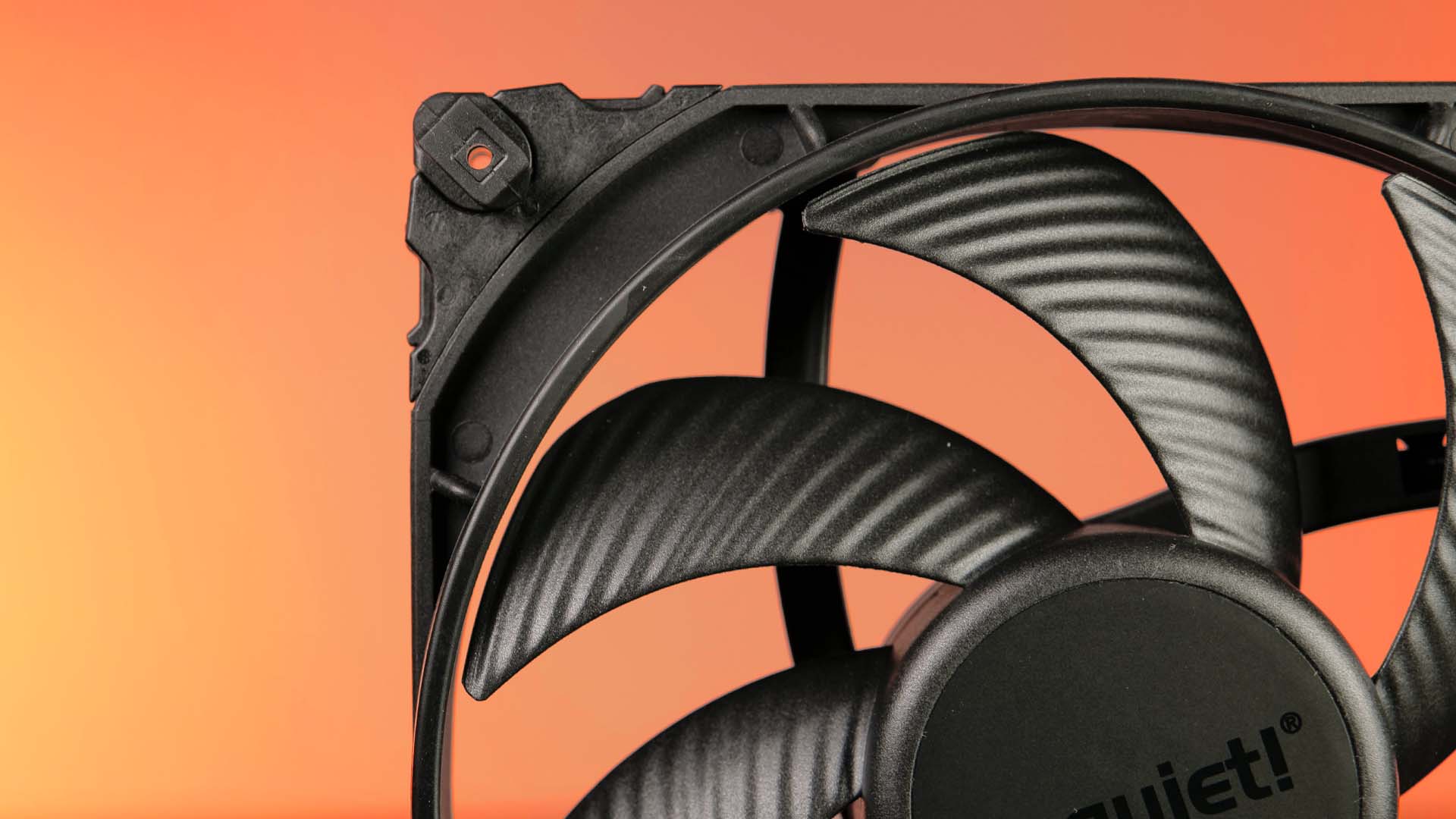
Additionally to the new wings, be quiet! also made some changes to the fan's overall optical design. Now in all-black, the central pieces feature a mat-black finish with a be quiet! logo cut out in black instead of the older orange. These changes paired with the new radiator mounting pieces make the fan look significantly more aggressive and compete with the design approaches from Noctua and Phanteks. Overall we must say that the new SW4s are looking very clean and easily intergradable into any design, especially all-black focused designs.
Benchmark
We benchmarked the new be quiet! Silent Wing Pro 4 on our usual test bench using a 3700x.

While letting the Fans spin at their max 3000RPM, they managed to keep the CPU at 40°C above ambient. This places them just 1°C behind the Noctua NF-A12x25 and 4°C behind the Phanteks T30.

On the Noise-to-Performance end however, the SW4 Pro's managed to outperform some more fans.
Here, the SW4 Pros were able to beat the Phanteks T30 while staying behind the Noctua NF-A12x25 for the majority of the run.
Interesting to note though, is the exact moment at which the Silent Wing Pro 4's are spinning at 25% of their max speed. Here they were one of the fan sets that we ever tested that did not thermal throttle, making them outperform even the mighty NF-A12x25.

As the Silent Wing Pro 4's were specifically designed for radiator usage, the most important benchmark will be on top of a radiator. Here, the SW4's managed to outperform the NF-A12x25 significantly, and stay +- on the exact same path as the Phanteks T30. The only outlines in this scenario are the very low RPM numbers. Here the SW4's even managed to pull slightly ahead of the T30, giving them kind-of-a-win looking at the whole benchmark.
Conclusion
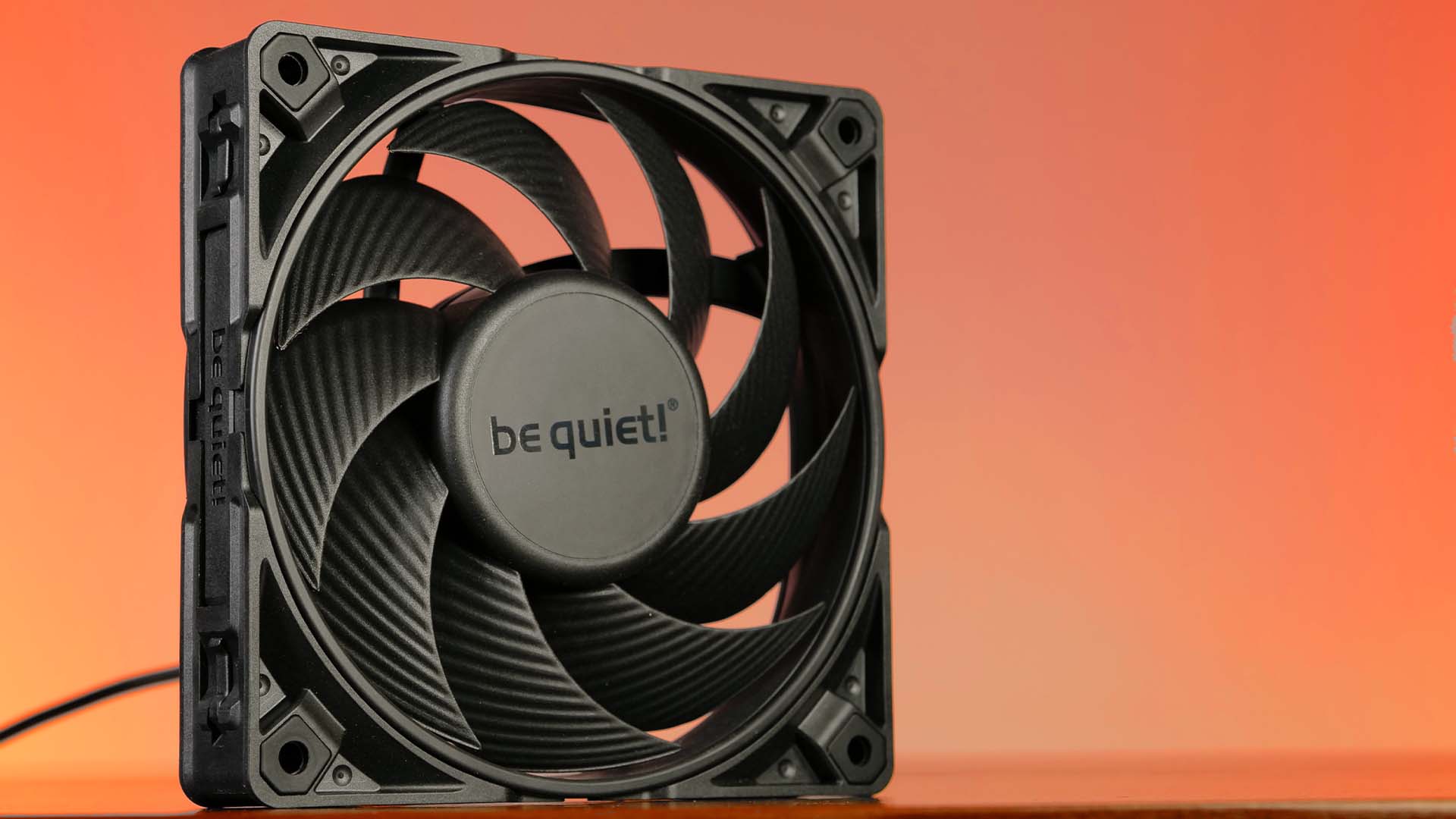
Overall the new Silent Wing Pro 4's made some significant improvements over the previous generation.
Not only are they significantly better in absolutely every use case, but the noise-to-performance ratio also improved even more.
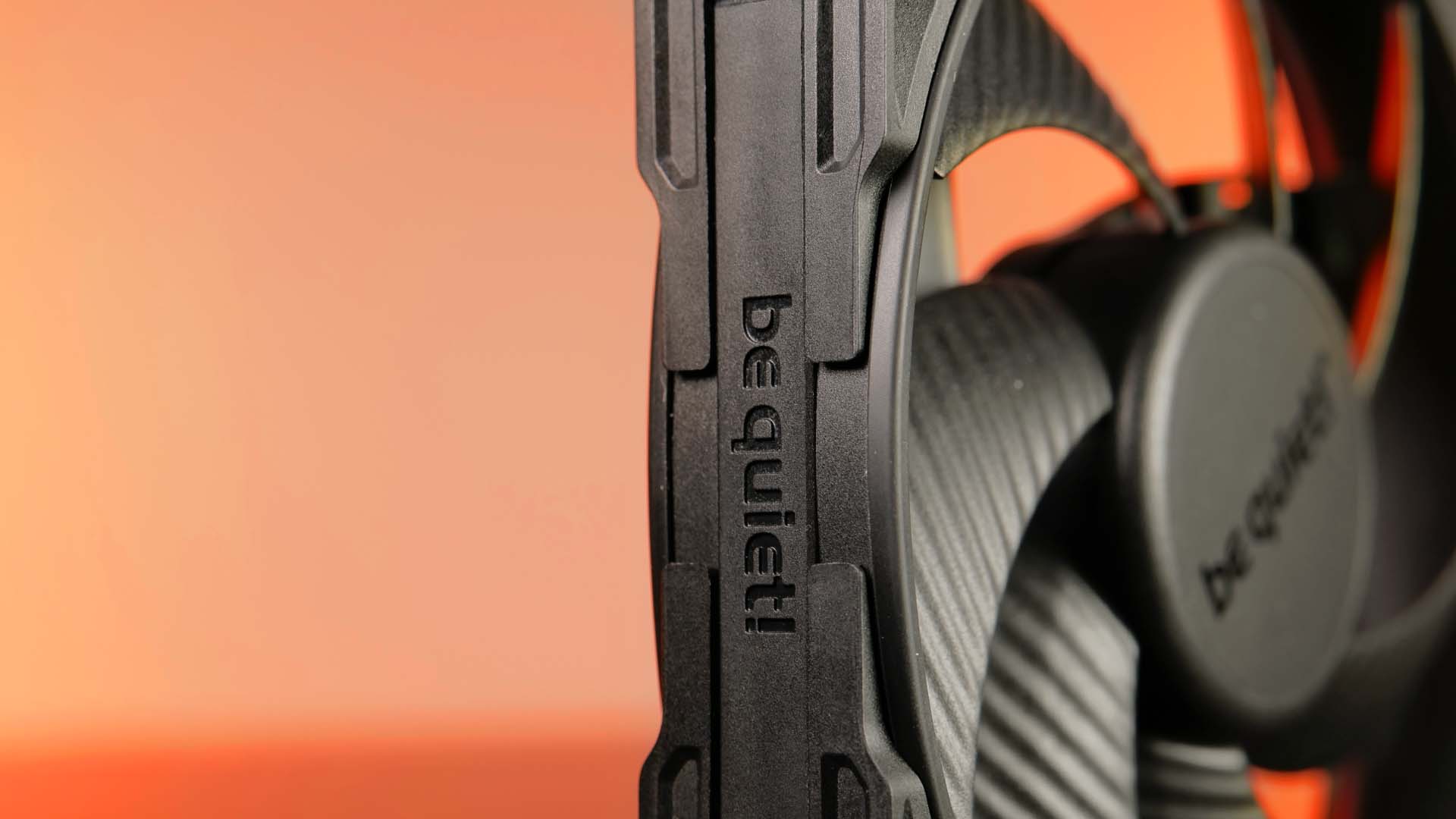
However, the most important performance update is the fact that the new lineup made significant improvements in high-static pressure demanding applications. Until now, be quiet!'s Silent Wing lineup was best used as a case fan. For the new ones, however, they are great as Case fans, Radiator fans, and Heatsink fans, they are the perfect all-rounder fan.

The design and quality also got some improvements, although the lack of any orange color might not be everybody's choice, the new SW4's look incredibly clean, and their new radiator mounting edges are making the fan extremely sturdy and good-looking. But the most prominent quality change for us was the new be quiet! PWM cable. Something that we hope to see on every fan in the future.

Overall we found nothing to be really negative about the Silent Wing Pro 4. Sure, the max performance could be marginally better at 3000RPM compared to the Phanteks T30. However, comparing their noise results at that moment, it's unbelievable that both are spinning at the same speed.
Considering the quality, features, improvements, and overall great performance across the whole board, we can only recommend their new Silent Wing Pro 4 lineup and are looking to see them being implemented in the future Dark Rock series!

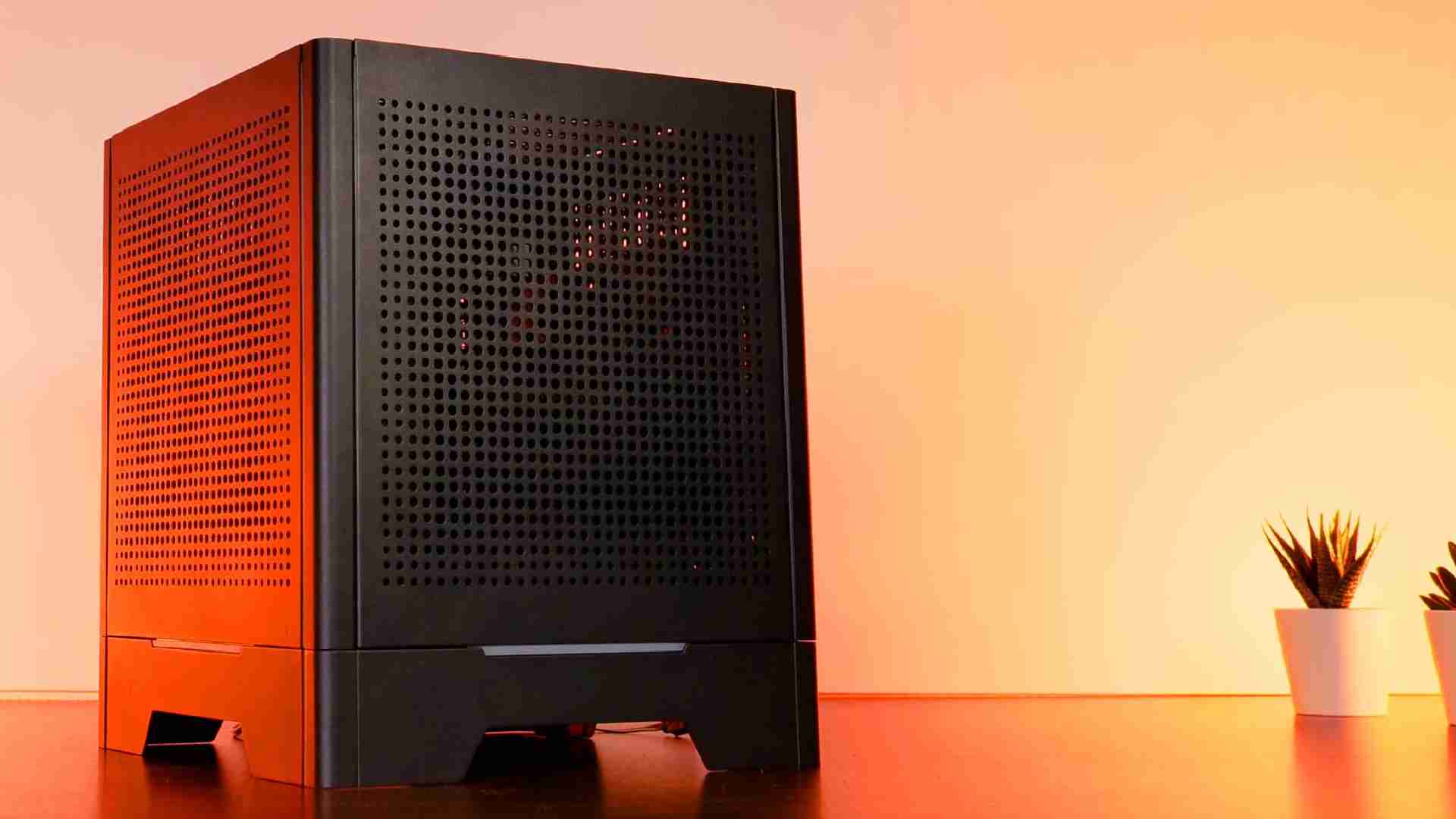
Nouvolo Borg Review
Minimalistic and Symmetric. With the Borg - PC Case, Nouvolo tried to create a stunning-looking Small Form Factor case. At on
Read More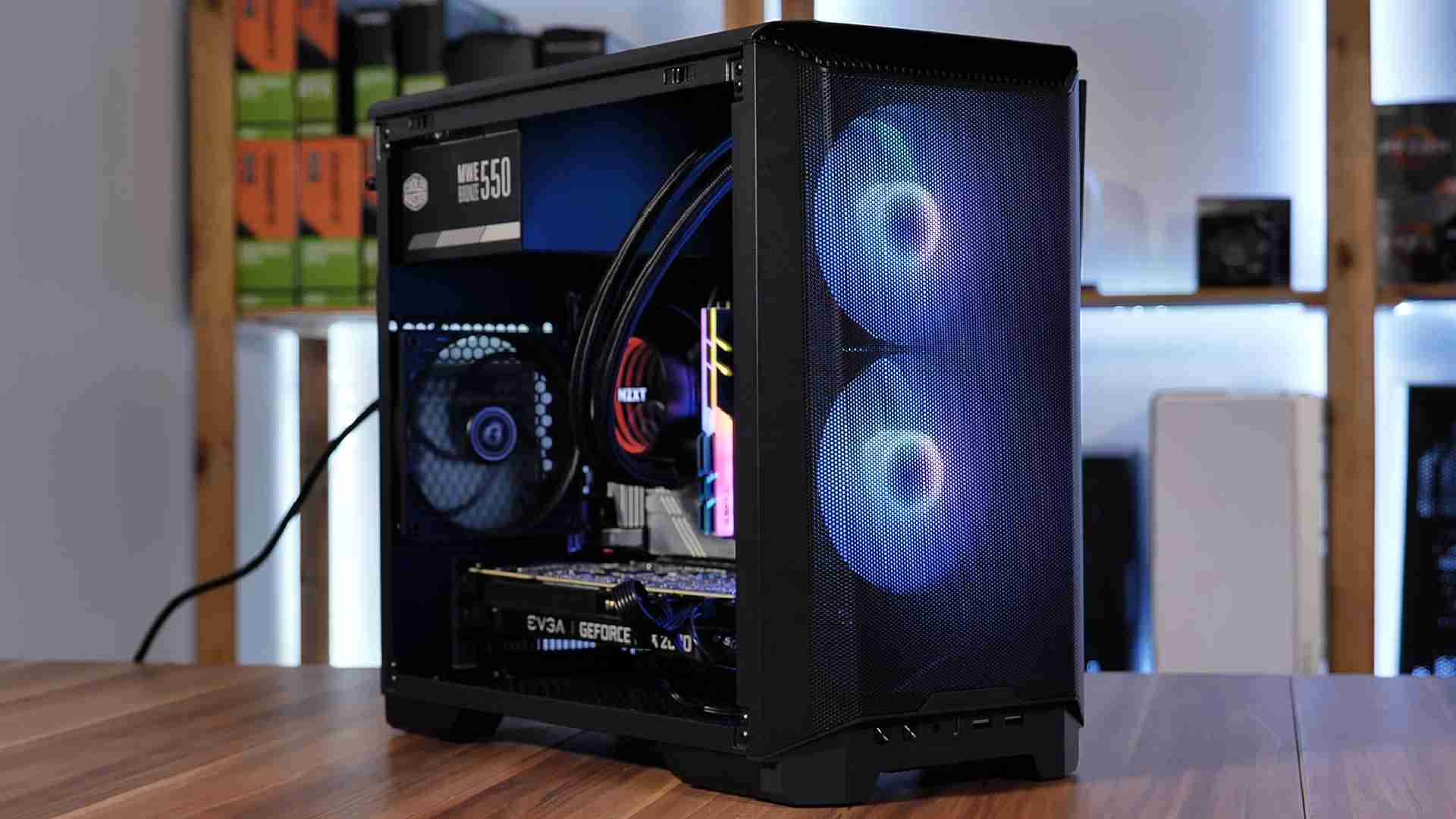
Phanteks P200A Review
Some (mini) cases try to maximize their compatibility, others try to have the best design... But if one thing is 100% sure, t
Read More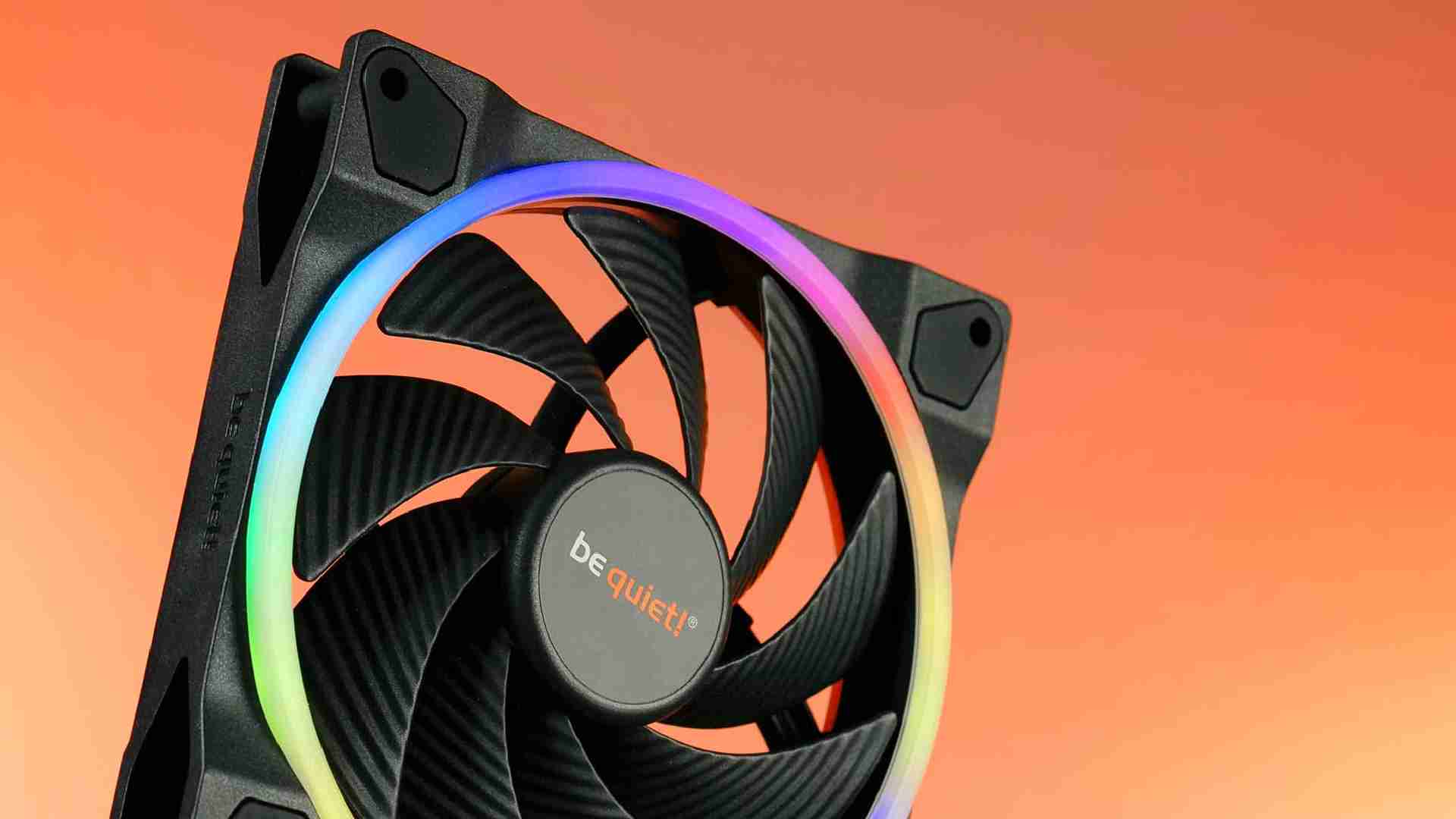
be quiet! Light Wings 140 High-Speed
While the 120mm form factor was already a huge success, lets take a closer look at the High-Speed Version of be quiet!s 140mm
Read More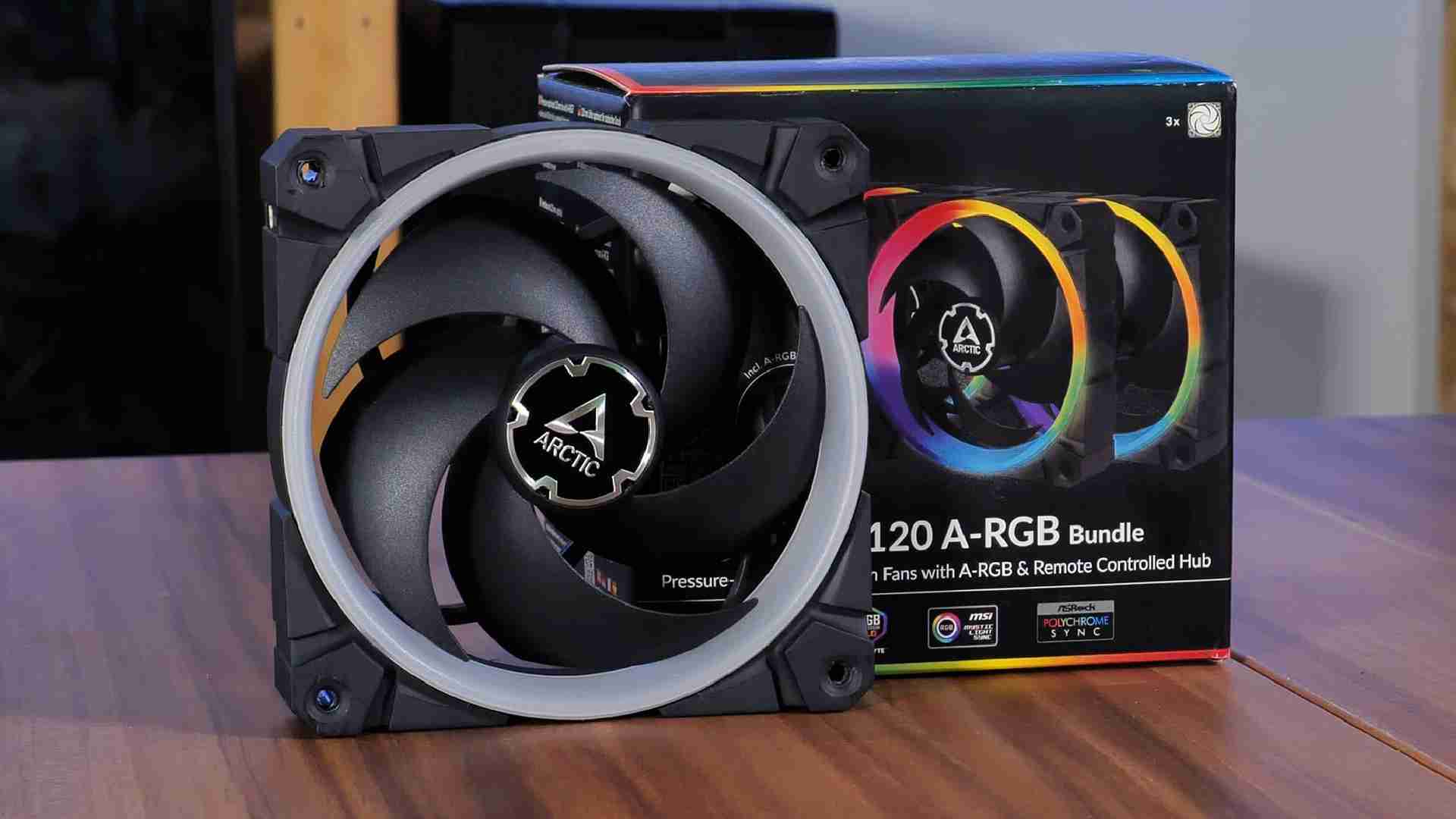
Arctic P120 BioniX ARGB Review
Arctic finally made the jump and released their first set of RGB Fans! The Arctic P120 Bionix P120 ARGB promise 2 things, Hig
Read More